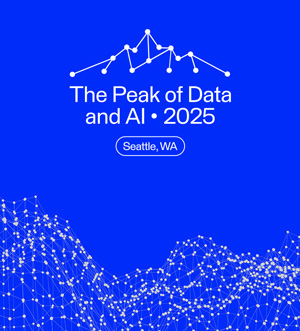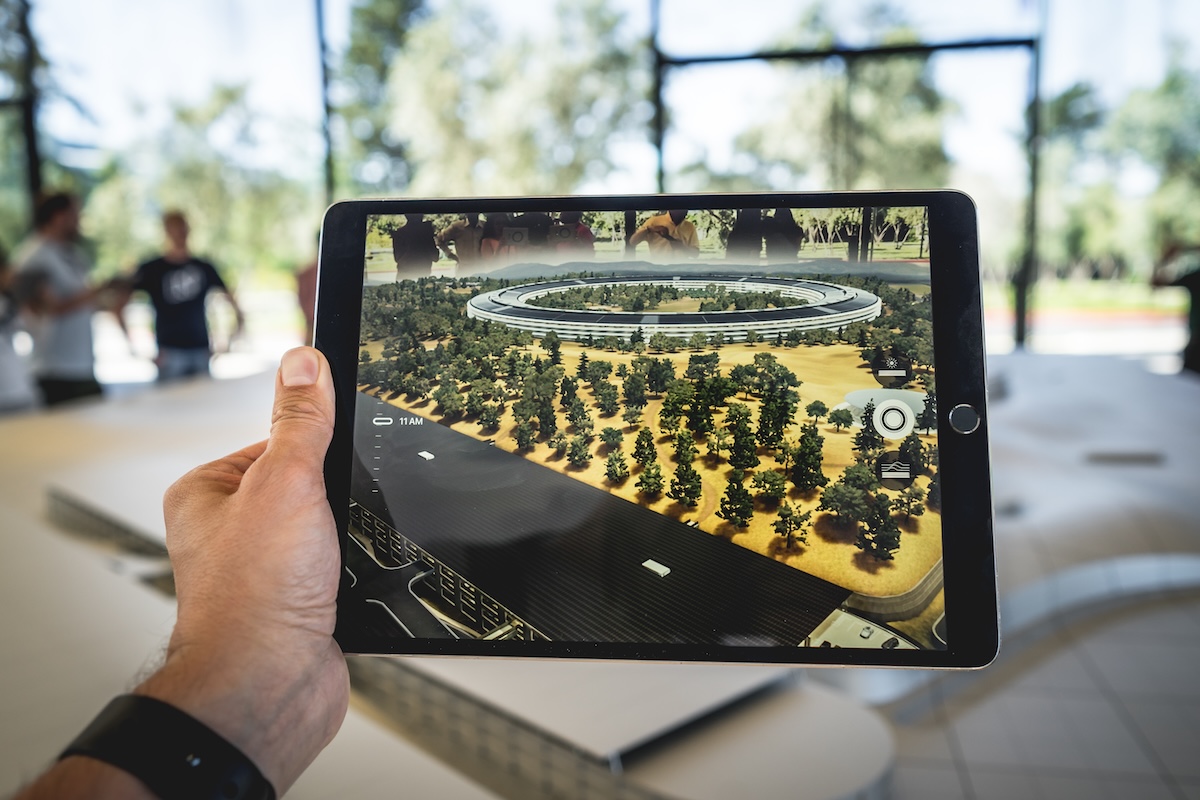In a recent webinar with Safe Software’s co-founders, Don Murray and Dale Lutz, they shared predictions and advice for tech professionals as we head into 2024. Beyond the obvious trends (*cough* AI), they weighed in on specific technical advancements related to data storage and processing. Listen to the webinar for the full conversation, and read on for an overview.
1. More APIs and data virtualization
As more specialized systems become available, expect to see a rise in the number of APIs. Thankfully, there’s now a means of connecting to them in a standardized way: after years of waiting for a formal standard to emerge to describe HTTP APIs, OpenAPI has emerged at the forefront. We’re excited about the easy data integration offered by this specification, which will help ensure specialized systems work in harmony rather than in silos.
- How-To: In FME, you can leverage OpenAPI in the HTTPCaller. Be sure to stay up to date with our latest product updates, as we are continually creating new ways to build applications around data and APIs.
Data virtualization is a related technology on the rise, which is about abstracting data to let an application retrieve and process it without requiring any technical details.
2. Cloud-native data formats
With growing data sizes, data gravity is becoming critical. That is, you have to put the processing next to the data. This is why we introduced Remote Engines in FME—to let people run data integration workflows as close to the data as possible.
Expect a rise in formats engineered to store huge amounts of data on cloud providers and let you work with the data in the cloud. Taking data down from the cloud to work with it is no longer practical for performance and security reasons.
Over the last year, a handful of cloud-native formats have matured, and at Safe, we’re jumping on this trend by adopting technology around these formats, such as DuckDB support.
3. Digital twins for real-time data contextualization
Digital twins are everywhere. You might even have one in your car, showing you the flow of energy and the status of every component from temperature to tire pressure.
A good digital twin lets you see data in context and shows what’s important. It doesn’t have to be high fidelity as long as it offers users what they need to know. It’s worth checking out Vancouver International Airport’s digital twin project, which shows everything happening at the airport in real-time.
Would your industry benefit from digital twins? Most would, and they’re showing up in surprising ways.
4. Artificial intelligence, of course!
Okay, it wouldn’t be a blog about trends without mentioning AI. What role will it play in the evolution of data integration? We’ve found that it’s accelerating the adoption of data integration technology and reducing the learning curve.
AI is like having a team of people helping you solve a problem. For instance, we’ve found that you can talk to AI and ask it to help you create or work with APIs. We’ve also found that AI is changing how we think about our documentation—it’s written for the machine, and users can ask the AI to explain a scenario to them based on the documentation. We expect AI will help FME users solve their problems more quickly and easily than ever.
5. Augmented reality for a more informative data experience
AR has been changing the way people interact with data for years. At Safe, we’re particularly interested in AR models on a 1:1 scale so someone like a utility worker can go out in the field and experience data interactively. With AR on a mobile device, the device’s location can help users see and interact with the data in context. This can be more valuable and informative than a 2D dataset viewed on a computer, and we expect we’ll continue to see new headsets and other technologies in this area.
- How-To: FME can be used to create augmented reality data models, including turning 2D data into a 3D model. Check out our Tutorial: Getting Started with Augmented Reality (FME AR)
6. Real-time data, stream processing, and the Internet of Things (IoT)
Real-time data is on the rise as applications and devices become more connected. Data integration workflows need to be run more frequently, and often need to be fully automated, in order to keep up with the pace at which datasets change.
Embracing this trend means understanding technology like webhooks, WebSockets, queues, and streams. We have a few tutorials on this, starting with Working with Real-Time Data and FME, as well as case studies like Ignis Technologies’ firefighting app.
Tips for entrepreneurs
This post was a quick overview, so be sure to listen to Don and Dale’s webinar for a deep dive into the above topics. If you’re a business owner, you’ll also find great tips for success. Some of my favorites:
- Embrace trends and the options they give you, and look for ways to get value from new technology. For instance, for businesses in the tech industry, it would be a big risk not to embrace AI.
- “Success” is not a linear process. What you think will be your big win might not be—but a byproduct of that pursuit might surprise you.
- Trust yourself. You know more about your company’s focus and vision than anyone else.
- Figure out the “one thing” you do well, and go all-in on it. Don’t try to be another company. For instance, at one time we tried to sell niche variations of FME, and it didn’t work.
- Keep innovating, and most importantly, make sure you’re having fun!
Looking ahead
Over Safe Software’s 30 years, we’ve seen many significant technology shifts and changes. When Google Earth came out, everybody could suddenly see spatial data in context for the first time, which was a pivotal moment for increasing awareness of spatial data. When the cloud came along, and we launched a cloud-hosted version of FME, that was a considerable shift for data storage and processing. Now, maybe the common trend among all the above topics is that the time between recognizing a problem and solving the problem will keep shrinking.
Deciding to embrace a rising trend can be a scary and exciting decision. Will a new venture boost your business to the top, or will it flop? We’re confident about these trends and are taking steps every day to stay at the forefront of these developments and embrace them in FME.
How will you integrate these trends into your business?




